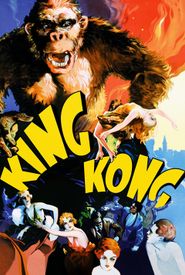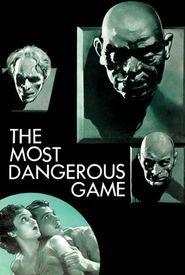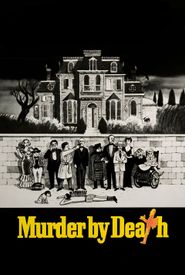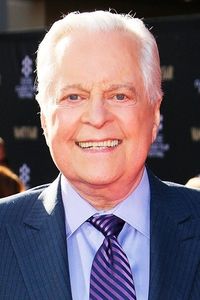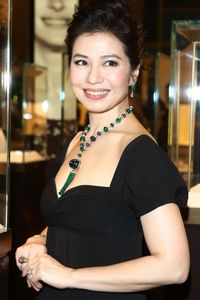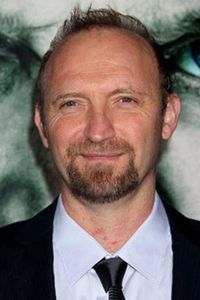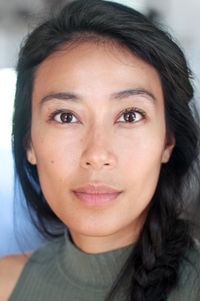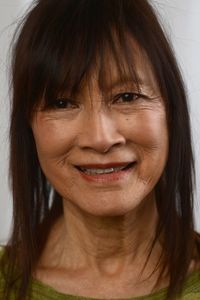Canadian-born Fay Wray was raised in Los Angeles and began her career in films at a remarkably early age. She was still a teenager when she started working as an extra, eventually transitioning to leading roles in Westerns at Universal during the silent era. In 1926, the Western Association of Motion Picture Advertisers recognized 13 young starlets with the potential to succeed in the film industry, and Fay was one of the fortunate few selected, alongside Janet Gaynor and Mary Astor. Her big break came when she played the heroine in Erich von Stroheim's The Wedding March (1928),followed by a string of leading roles in films such as the complex good-bad girl in Thunderbolt (1929).
By the early 1930s, Fay was working at Paramount, collaborating with notable stars like Gary Cooper and Jack Holt in a series of average films, including Master of Men (1933). She also appeared in several horror films, including Doctor X (1932) and The Vampire Bat (1933). In 1933, producer Merian C. Cooper approached Fay with an intriguing offer: a role in a picture featuring a tall, dark leading man. Unbeknownst to her, this leading man was actually a giant gorilla, and the film would become the iconic King Kong (1933). Fay's performance in this film showcased her remarkable ability to scream dramatically, and her character's combination of sex appeal, vulnerability, and lung capacity as she was pursued by the giant beast to the top of the Empire State Building has become an enduring image.
However, Fay's career began to decline in the mid-1930s, and she found herself relegated to low-budget action films. Her 11-year marriage to screenwriter John Monk Saunders ended in divorce in 1939, and her film career slowly came to a close. In 1942, Fay remarried and retired from the screen, forever remembered as the "beauty who killed the beast" in King Kong. But in 1953, she made a surprising comeback, taking on mature character roles and appearing on television as Catherine, Natalie Wood's mother, in The Pride of the Family (1953). Fay continued to appear in films until 1958 and on television into the 1960s.

